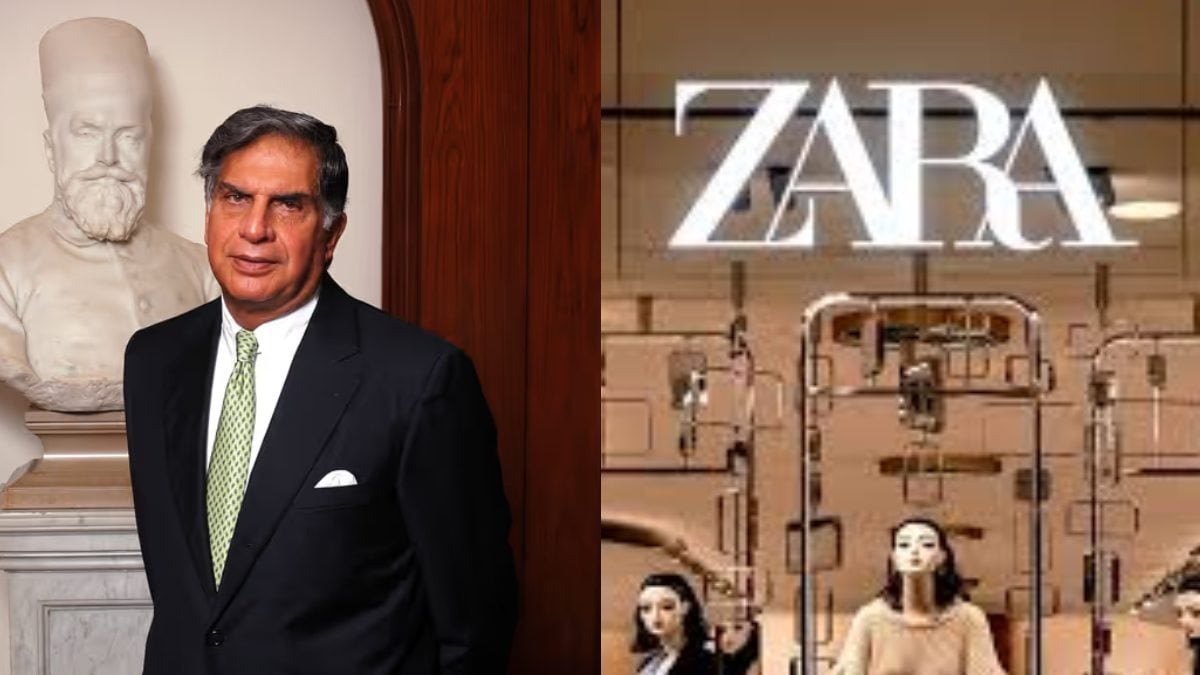Ratan Tata’s vision for India’s fashion and retail landscape, particularly his role in bringing Zara to India, had a profound impact on the country’s cultural identity and style consciousness. Zara’s arrival marked a significant turning point, not only for the retail industry but also for how Indian consumers viewed fashion.
Zara: A Catalyst for Change in India’s Retail Landscape
Zara’s entrance into the Indian market in 2010 signified a paradigm shift in how the country consumed fashion. The brand represented a unique blend of affordability, speed, and quality, elements that resonated deeply with the burgeoning Indian middle class.
The Power of Fast Fashion
Prior to Zara’s arrival, fast fashion was a relatively foreign concept in India. The country’s fashion scene was primarily dominated by traditional retailers, offering limited options at higher price points. Zara disrupted this model by offering a constant stream of new designs, mirroring the latest runway trends, at surprisingly accessible prices. This quick turnaround time made Zara incredibly appealing, allowing Indian consumers to stay ahead of the latest fashion trends without breaking the bank.
Strategic Expansion and Customer Engagement
Zara’s success in India was not accidental. The brand meticulously chose prime locations for its stores, establishing a strong presence in high-end malls across major cities like Delhi, Mumbai, and Bengaluru. This strategic placement ensured maximum visibility and accessibility for its target audience. Additionally, Zara’s consistent focus on quality, affordability, and responsiveness to fashion trends ensured its popularity with Indian consumers.
Ratan Tata’s Visionary Leadership
Ratan Tata’s vision for India’s future was rooted in his belief in the country’s immense potential. He understood the burgeoning middle class and their desire for global style, anticipating their growing appetite for affordable and accessible fashion. He recognized Zara’s potential to cater to this demographic, paving the way for the brand’s introduction to India through the Tata Group’s strategic partnership with Inditex, Zara’s parent company.
Beyond Retail: A Cultural Transformation
Zara’s arrival in India wasn’t simply a business decision, it was a cultural one. The brand represented globality, modernity, and cosmopolitanism, influencing how Indian consumers viewed themselves and their relationship with fashion. Zara’s fast-fashion model and its frequent releases instilled a sense of immediacy and dynamism in India’s fashion scene. It shifted the focus from owning limited, expensive items to constantly updating wardrobes with affordable, trendy pieces.
A Lasting Legacy
Ratan Tata’s vision and the successful implementation of Zara’s introduction to India have had a long-lasting impact on the country’s fashion and retail landscape.
Empowering a New Generation of Consumers
Zara’s success has encouraged other fashion brands to embrace the fast-fashion model and cater to India’s ever-growing desire for global style. This has fueled a wave of new retailers entering the Indian market, making fashion accessible to a wider range of consumers and fostering a vibrant and competitive fashion scene.
Fostering Innovation and Growth
Ratan Tata’s unwavering belief in India’s potential, coupled with his strategic approach to bringing Zara to India, has ignited a ripple effect within the country’s fashion and retail sector. It has fostered a culture of innovation and entrepreneurship, attracting global fashion brands and encouraging local businesses to expand and adapt to meet evolving consumer demands.
Take Away Points
- Ratan Tata’s vision for India’s fashion and retail landscape was a key factor in the successful introduction of Zara to India.
- Zara’s arrival marked a shift towards global fashion and fast-fashion trends in India.
- Zara’s success has paved the way for other brands to enter the Indian market, enhancing competition and options for Indian consumers.
- Ratan Tata’s legacy in the fashion industry goes beyond just Zara. His vision and commitment to India’s future paved the way for a thriving fashion scene in the country.




